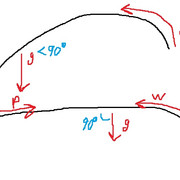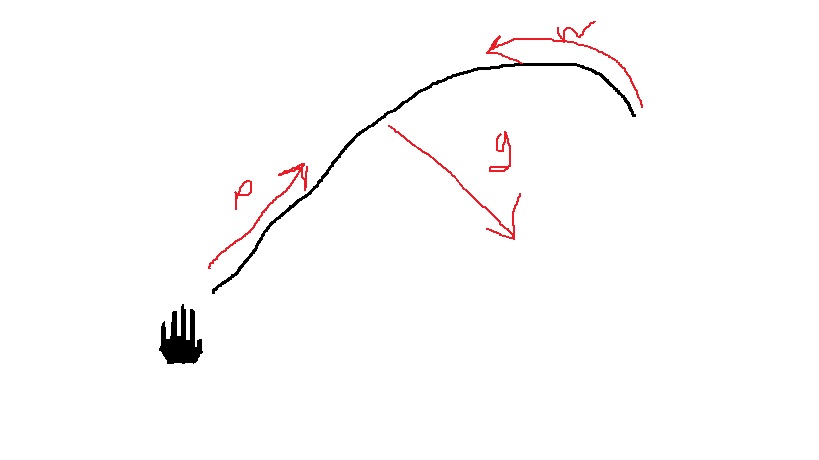Black Hand said:I aim at my target, the angle should make no difference - gravity is a constant regardless of your initial angle and will attract the ball in the same way. The ballistic trajectory really doesn't change whether you are shooting dead level, down or up. The only thing that changes is where the arc is interrupted by the ground.Fyrstyk said:If the angle of the shot is plus or minus 45 degrees, aim low on the target or game.
This is incorrect, at least technically. Gravity remains a constant, but the angle at which it exerts its force differs depending on the elevation of the shot, and that will alter the trajectory.
Consider: If the barrel is exactly horizontal, gravity exerts a force at exactly 90 degrees to the force of the gunpowder, so the bullet will travel forwards until gravity pulls it into the ground, being slowed by wind resistance at the same time. This is the basic trajectory that we are all familiar with. If you shoot the gun straight up/directly way from the center of the earth, gravity works directly against the force of the propellant - the bullet will travel directly up until the combined effects of wind resistance and gravity bring it to a halt, at which point gravity will pull it back to earth and wind resistance will continue to slow it down. If you shoot the gun directly towards the earth, gravity and the force of the propellant will work together, so that the bullet will travel in a straight path, slowed only by wind resistance, until it strikes the earth.
So, as far as I can determine, shooting at an angle either upward or downward will cause the trajectory to flatten, at least at the initial stages in which we are interested. Dunno if the longer flight time of an upward angle, giving wind resistance more time to work, will result in a more curved trajectory overall than a horizontal shot, but it will definitely be different.
A lot of this is pretty theoretical and probably doesn't show up much when in the field, but if you are shooting a squirrel way up in a tree over your head, the ball isn't going to strike relative the sights in the same way it does when firing horizontally. I haven't done any of this kind of shooting myself, but I've been told that the best way to handle the problem is, instead of calculating the distance in a direct line between yourself and the squirrel, look at the distance between yourself and the spot of ground directly beneath the squirrel and hold your sights as if the squirrel was there - i.e., if the squirrel is about 25 yards away from you as the bullet flies but directly over a patch of ground 10 yards away from you, hold your sights on him as if he was ten yards away. That should get close enough to make meat out of him.







